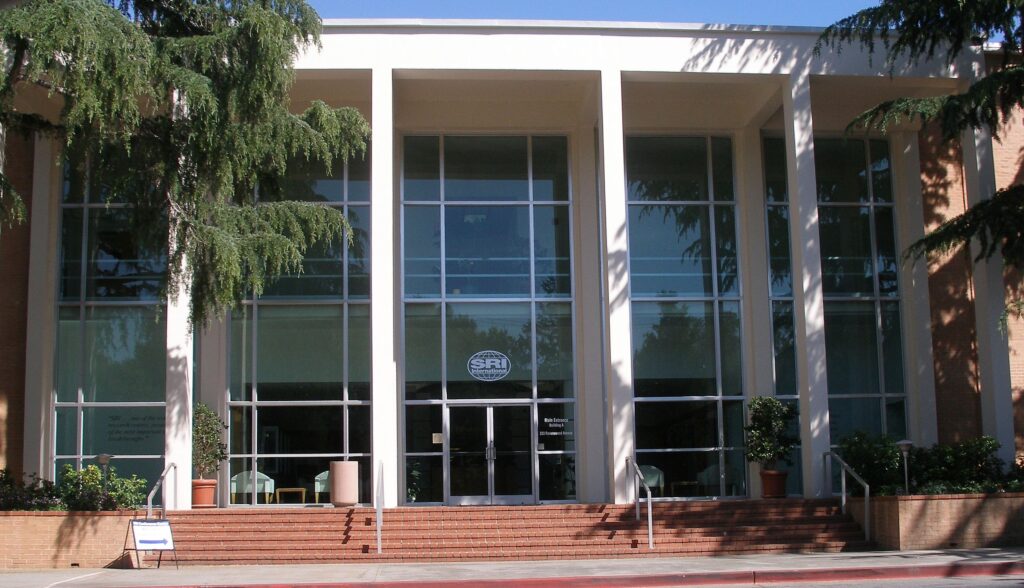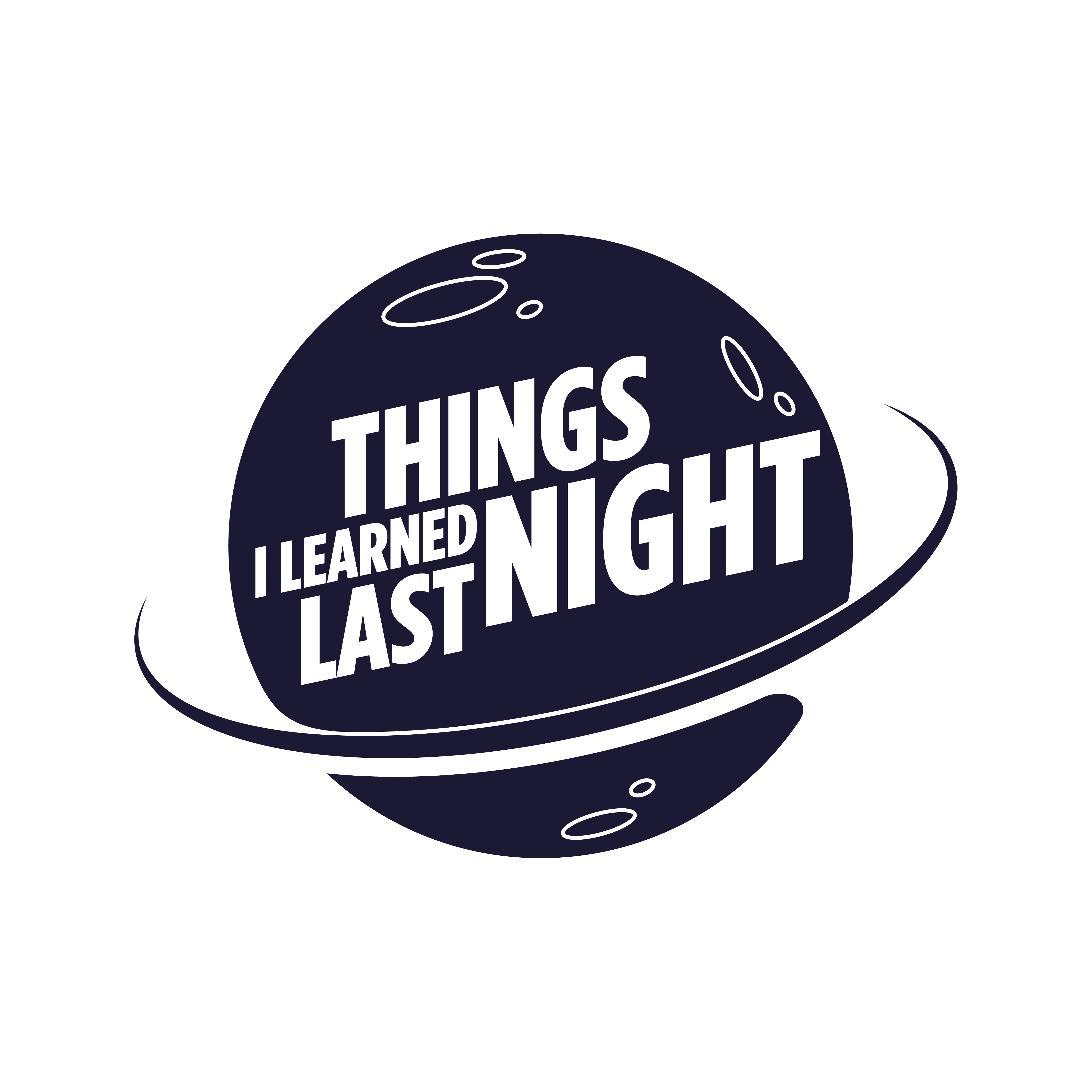On the podcast, we have covered some pretty unbelievable things. Remote Viewing and the government project that popularized it just might take the cake as the most unbelievable thing this little comedy podcast has ever discussed. Buckle up, because this is a wild one. In the early ’70s, several government organizations including the CIA, DOD, Air Force DIA, and Army developed a psychic training program that would eventually enlist dozens of psychics for use in actual operations. In the span of 25 years, the government conducted over 25,000 operations with the assistance of remote viewing agents.
A Short History of Remote Viewing
First, it is beneficial to define remote viewing. The phenomenon is the ability of a subject to “view” scenes as they appear in remote locations. For example, a remote viewer might observe times square while in a lab in San Francisco. Remote Viewing has been around for a long time. Exact dates are hard to pinpoint. For thousands of years, psychics have claimed to have abilities to perceive distant events. There is clear evidence that most individuals who claimed to possess these abilities were frauds. However, in 1971 the DIA contracted the Stanford Research Institute (SRI) to investigate psychic abilities’ legitimacy and viability for use in government operations.

Photo Courtesy of Wikipedia
The SRI enlisted some of their best researchers on the project. The team was comprised of multiple PhD-level researchers and even more Masters Degree level scientists. They began by enlisting a composite group of individuals who claimed to have psychic abilities. After a series of tests, the team at SRI concluded that the phenomenon they called ‘remote viewing’ warranted further study.
Scientifically Verifying Remote Viewing
The Stanford Research Institute developed a number of experiments of progressing difficulty to test the phenomena. They began by placing a subject in one room with a researcher and a table adorned with ten numbered lightbulbs in a ring. Next door, another researcher had an identical lightbulb array. The second researcher would randomly turn on one of the lightbulbs and notify the researcher in the subject’s room. The subject would be required to identify through their remote viewing perception which bulb had been powered on. Early research indicated that most of the subjects had the ability to correctly identify the power on the bulb at above the required minimum of 65%. Interestingly, the more practice the subjects had in this experiment the higher the accuracy rating.
Researchers then began testing the subjects by flipping through flashcards with various shapes on them. This produced equivalent results to the lightbulb experiments. They then added colors to the shapes on the flashcards. The results were again the same.
These Psychics Need a Harder Test
Finally, the researchers devised their most difficult experiment yet. The subject and a researcher received a sealed envelope and were told to wait 30 minutes before opening the envelope. A team of field researchers also received a corresponding sealed envelope and were told to travel to the location indicated in the envelope. The locations were coordinates within a 30-minute radius of the lab. Upon arrival, the field agents took photos and notes on the scene that they had arrived at.
Meanwhile, the subject opened their envelope with the same piece of paper bearing nothing more than coordinates. The remote viewers would begin taking notes on what they were seeing and drawing sketches of the locations they were asked to view. Shockingly, these subjects had nearly the same success rate in this experiment as they had in all the previous studies. The team at SRI could not explain what was happening in the process of remote viewing despite many attempts to understand the phenomenon. Their findings, however, were enough for the government to begin a training program at Fort Meade Maryland.
Remote Viewing in the U.S. Military
Nearly every government agency began a remote viewing program between the mid-’70s and early ’90s. Codenames for these projects include Stargate Project, Gondola Wish, Grill Flame, Sun Streak, Scanate, Center Lane, and Project CF. These programs would lead to 25,000 field operations that included the use of remote viewing special agents. These operations include several high-profile cases like the Iran hostage crisis. In these operations, the psychic special agents operated as just one piece of the intelligence process. After a viewing session, the agents would correctly sketch floor plans of targets, identify the locations of key individuals/materials, and verify other intelligence that had previously been gathered. It is thought that between agency the government had employed a little over 20 such agents during this period.
After years of success, the government stopped using psychic spies altogether. The exact reason for the decision is not clear. Theories include the development of more accurate technology, fear of public backlash, religious reasons, funding issues, and more. Despite the closure of the official public programs, many of the former agents continue practicing their skills and training others in psychic academies across the world. The basis for these programs was the conclusions of the SRI team that all humans have remote viewing abilities. Much like athletic or music talent, it can be fostered. However, some are naturally more gifted than others. The lessons taught in these academies are not scientifically verified.
Conclusion on the CIAs Psychic Secret Agents
There is no scientific research explaining exactly what is happening when an individual uses their remote viewing abilities. The only thing that has been verified scientifically is that the ability is remarkably accurate. It is accurate enough, in fact, for the government to invest millions of dollars and use it in the field for over 25 years.
This story doesn’t end here. Watch or listen to this episode of Things I Learned Last Night to learn about what happens when someone is remote viewing, the even crazier later tests, and the claims that these individuals can accurately view through time and lightyears of space. Things I Learned Last Night is an educational comedy podcast where best friends Jaron Myers and Tim Stone talk about random talks and have fun all along the way. If you like learning, and laughing a whole lot while you do, then you’ll love TILLN. Watch or listen to this episode today!
Watch
Listen
Sources
Freedom of Information Archive – CIA
Related Episodes
Tell Us What You Think of This Content!
Don’t forget to share with your friends!

